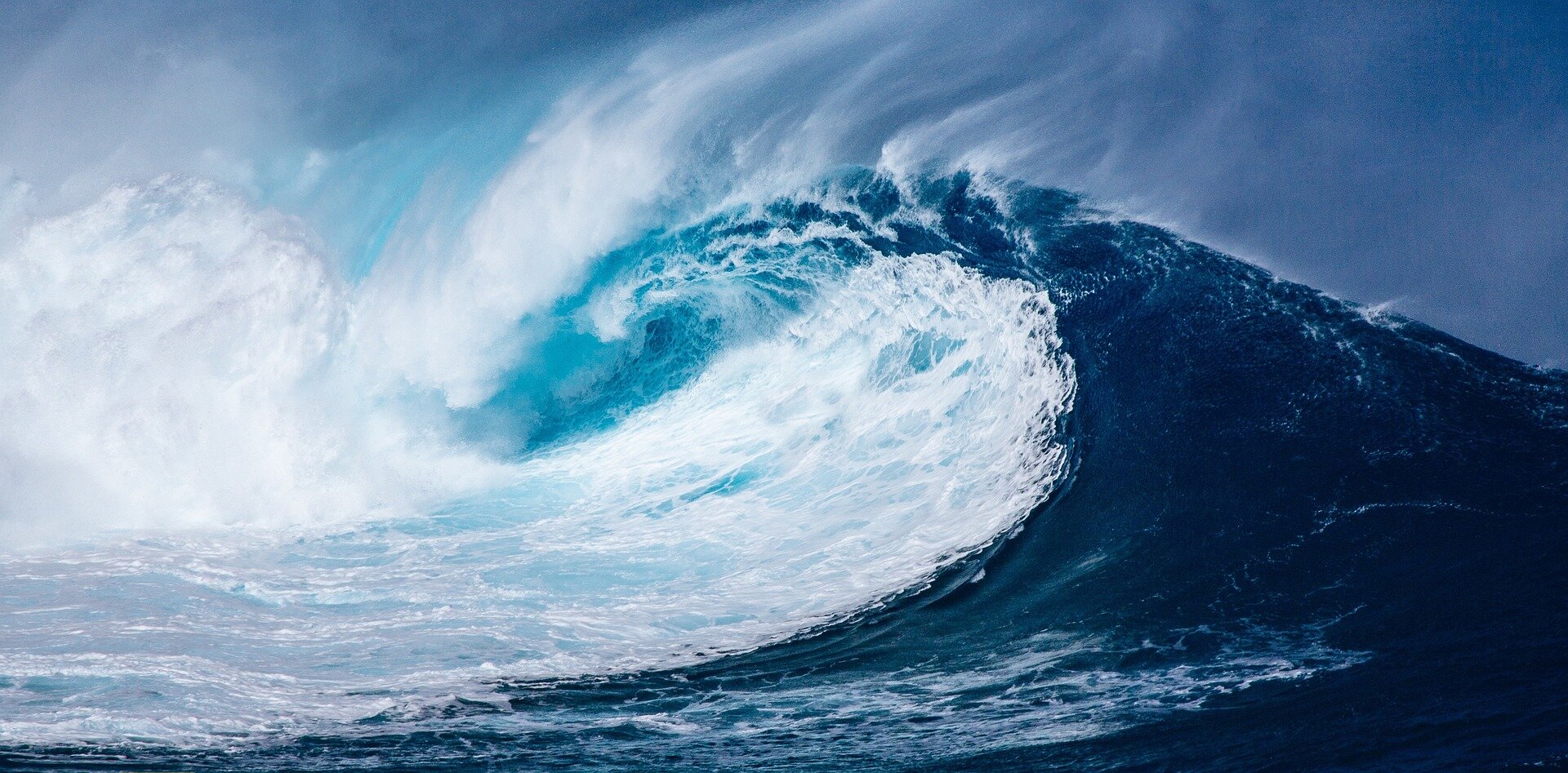Coastal upwelling regions along the eastern boundaries of the Atlantic and Pacific Oceans are some of the most productive and biodiverse areas in the world’s oceans. Equatorward winds cause near-surface water to move away from the coast, bringing cold, nutrient-rich water from the depths to the surface. This process induces the growth of phytoplankton and supports a rich marine ecosystem in these regions.
Mareike Körner, a Ph.D. student at the GEOMAR Helmholtz Center for Ocean Research Kiel, notes that the upwelling region off Angola experiences strong seasonal fluctuations in productivity. The main upwelling season occurs in austral winter, from July to September, leading to high primary productivity and increased fishing activity in the waters off the Angolan coast.
Productivity in these regions is influenced by waves in the ocean interior, which play a crucial role in causing cold, nutrient-rich water to move up and down on seasonal time scales. These waves originate at the equator due to seasonal wind fluctuations and travel eastward along the equator, exciting coastal trapped waves upon reaching the eastern boundary of the equatorial Atlantic. These waves then propagate polewards along the African coast, transporting nutrient-rich waters onto the Angolan shelf. The arrival time and intensity of these coastal trapped waves can impact the occurrence of phytoplankton blooms.
To conduct their study, the researchers utilized hydrographic, oxygen, nitrate, and satellite data, as well as a regional ocean model.
2024-01-28 05:41:03
Source from phys.org
